No Way Home: Stories of Rohingya Refugees in Bangladesh, Myanmar and Malaysia are stories of the Rohingyas who are living in Myanmar, Bangladesh, and Malaysia. The voices of the exiled and the displaced. Malaysia hosts the largest number of refugees from Myanmar, second only to Bangladesh. It is believed that there are about 300,000 registered and unregistered Rohingyas living in the country. Under Malaysian law, the Rohingya are still not recognized as refugees. Instead, they are deemed as illegal immigrants.
No Way Home is divided into three parts—Bangladesh, Malaysia, and Myanmar—and is based on the author’s personal observations at home and abroad, coupled with works by various organizations in these regions. These encounters provide a more extensive and contextual view of the ongoing suffering and persecution faced by the Rohingya people and raise questions of our shared humanity in times of crisis.
The author brought before the readers the atrocities and the brutality of any refugee’s experience. A grandmother of 70 years old related how her husband was shot dead in the ricefield by soldiers who came, looted their homes, and took away their belongings. Listening to such a harrowing account from an elderly woman who described the whole event as it unfolded with teary eyes and a clear voice gave the author a deep sense of desolation.
The author’s every encounter with the refugees at Bangladeshi Cox’s Bazaar’s refugee camps gave the reader yet countless unimaginable situations of human despair. An eleven-year-old girl was driven to walk a hundred kilometers to escape for dear life. She could not speak of the harrowing experience witnessing soldiers killing her fellow villagers before her own eyes. Her aunt told stories of her niece screaming in the middle of the night, a clear sign that she is still suffering from the trauma inflicted by the violent incident. Yet when asked what her hopes were, with beaming eyes she said she wished to go to school and receive an education. Such beautiful dreams give us a glimmer of hope for what seems to be ‘the lost generation of the Rohingyas’.
The author also brought us the realities faced by the Rohingya refugees in Malaysia. These include the difficulties of going through life while waiting to be resettled in a third country. To many, the chance of making it to the US would be remote in the present political climate under Trump’s administration.
The passage of escaping Myanmar and seeking refuge in Malaysia is treacherous. It is not just about drifting for days or even weeks in the sea in a crowded vessel, sometimes with no food or water, hoping to land in the safety of a neighboring country; the refugees also have to pay a hefty price or bribe their way out of Myanmar. Girls so young are married off the moment they land in Malaysia or in the host country as part of the agreement to bring them into the relative safety of foreign shores. It is not uncommon for girls as young as thirteen to go to school with a few children of their own. However, the difficult life they are facing now is a far cry from what they have endured back in Rakhine, their homeland. The support that they are getting from NGOs like MyCARE in assisting them to get at least a decent education, in the long run, would go a long way.


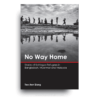
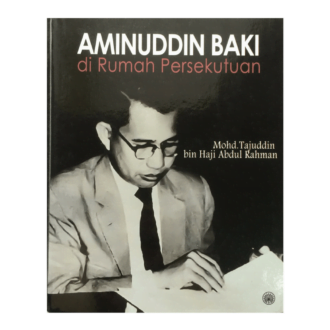
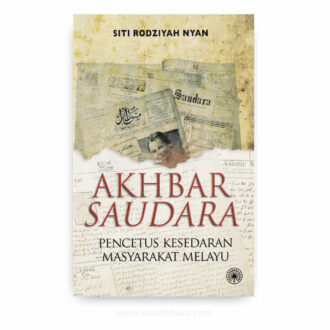

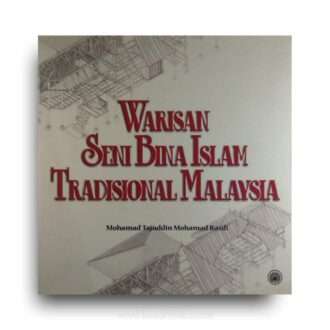
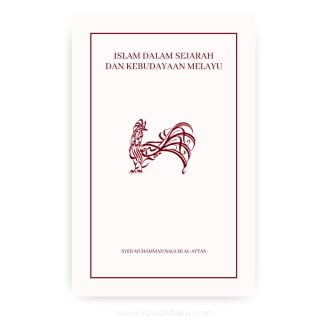
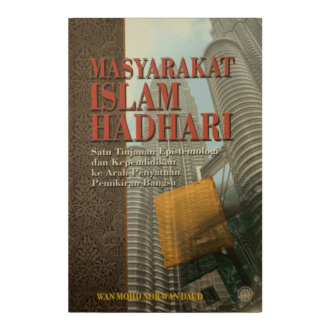
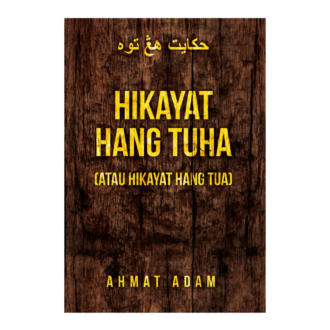

Reviews
There are no reviews yet